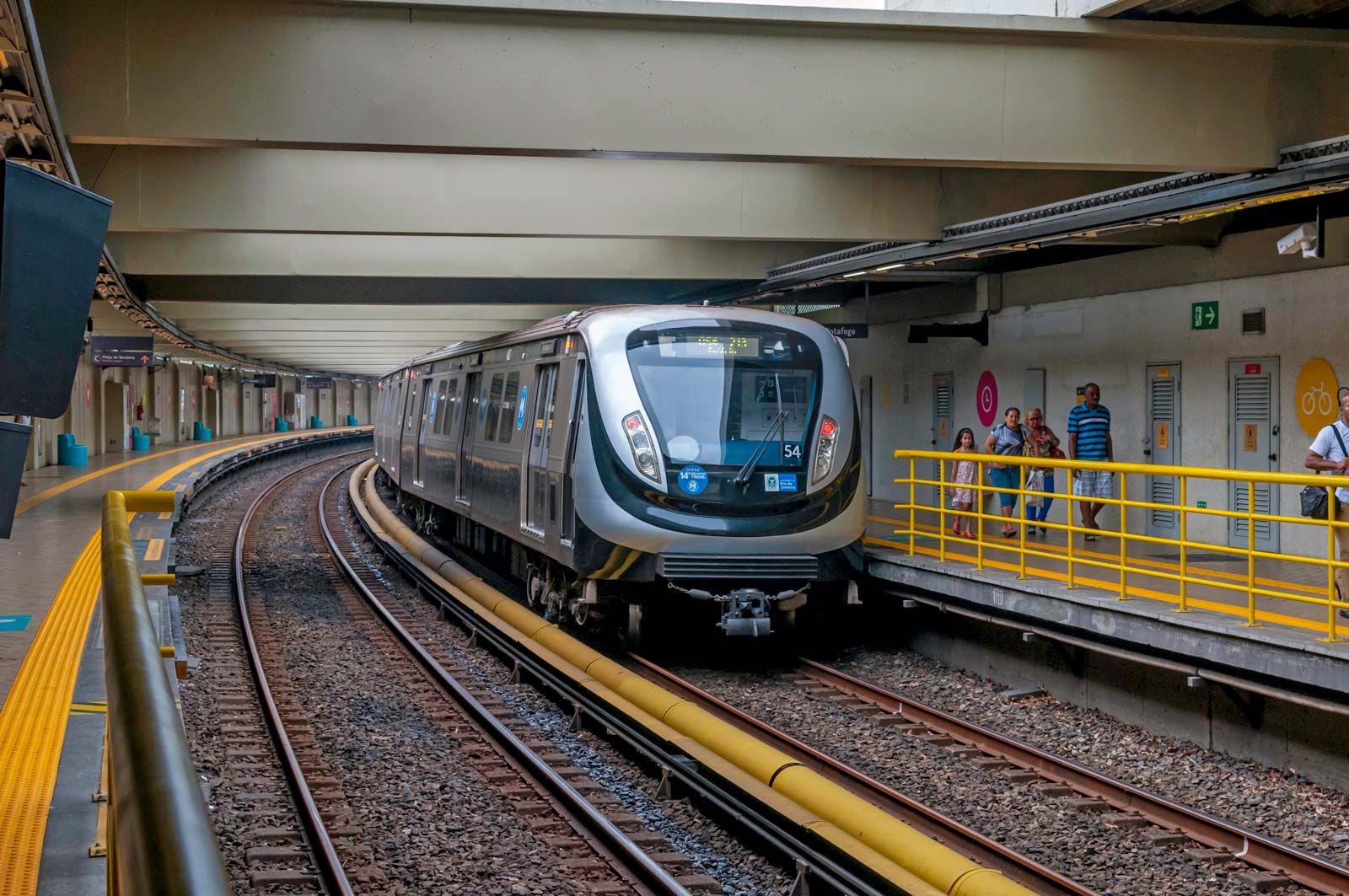
Subways are more than just a way to get from point A to point B. They are engineering marvels, cultural icons, and lifelines for millions. Ever wondered how deep the deepest subway station is? Or which city boasts the oldest underground rail system? Subway systems have fascinating histories and quirky facts that might surprise you. From the bustling tunnels of New York City to the sleek, modern trains of Tokyo, each subway has its own unique story. Whether you're a daily commuter or a curious traveler, these 27 facts will give you a new appreciation for the underground world. Buckle up and get ready to dive into the depths of subway trivia!
The Origins of Subways
Subways, also known as underground railways, have a rich history that spans over a century. These marvels of engineering have transformed urban transportation.
-
The first subway system opened in London in 1863. Known as the Metropolitan Railway, it used steam locomotives.
-
New York City's subway system began operations in 1904. It quickly became one of the world's largest and busiest.
-
Boston's subway, the Tremont Street Subway, was the first in the United States, opening in 1897.
-
Paris' Métro started in 1900, coinciding with the Exposition Universelle, a world's fair held in the city.
Engineering Feats
Building subways requires overcoming significant engineering challenges. These systems often run deep beneath cities, navigating through complex urban landscapes.
-
The deepest subway station in the world is Arsenalna in Kyiv, Ukraine. It sits 346 feet below ground.
-
Moscow's Metro is renowned for its beautiful, ornate stations. Some look more like palaces than transit hubs.
-
Tokyo's subway system is one of the most earthquake-resistant in the world. It incorporates advanced seismic technology.
-
The Channel Tunnel, or "Chunnel," connects the UK and France. It includes a rail tunnel used by Eurostar trains.
Subway Systems Around the World
Subways are a global phenomenon, with systems in nearly every major city. Each has unique features and characteristics.
-
Seoul's subway system is one of the most extensive and efficient. It boasts over 330 stations.
-
The Shanghai Metro is the longest in the world, with over 420 miles of track.
-
São Paulo's Metro is the busiest in South America. It serves over 4 million passengers daily.
-
The Cairo Metro is the only subway system in Africa. It opened in 1987.
Innovations and Technology
Subways have continually evolved, incorporating new technologies to improve efficiency and passenger experience.
-
Hong Kong's MTR uses a smart card system called Octopus. It allows passengers to pay for various services beyond transit.
-
London's Tube introduced contactless payment in 2014. It was one of the first systems to do so.
-
New York City's subway is gradually transitioning to a new fare payment system called OMNY. It will replace the iconic MetroCard.
-
Some subway systems, like Copenhagen's, are fully automated. They operate without drivers.
Environmental Impact
Subways play a crucial role in reducing urban congestion and pollution. They offer a more sustainable mode of transportation.
-
Subways help reduce greenhouse gas emissions. They provide an alternative to car travel, which is more polluting.
-
Many subway systems use regenerative braking. This technology captures energy from braking trains and feeds it back into the power grid.
-
The Stockholm Metro is powered entirely by renewable energy. It uses a mix of wind, hydro, and bioenergy.
-
Subways can help reduce noise pollution. Underground trains are generally quieter than surface-level transportation.
Fun and Unusual Facts
Subways have their quirks and interesting tidbits that make them even more fascinating.
-
The shortest subway line in the world is Istanbul's Tünel. It is just 573 meters long.
-
The longest continuous subway ride is on the Beijing Subway. Line 10 spans 57.1 kilometers without requiring a transfer.
-
Some subway stations double as bomb shelters. For example, many stations in Moscow were designed with this dual purpose.
-
The Montreal Metro's trains run on rubber tires. This design reduces noise and vibration.
-
The Stockholm Metro is often called the world's longest art gallery. Over 90 of its 100 stations feature artworks.
-
The New York City subway system has a secret station. City Hall Station, closed in 1945, is occasionally opened for tours.
-
The Paris Métro's original entrances were designed in the Art Nouveau style. These iconic structures are still admired today.
Subway Surprises
Subways are more than just a way to get around. They’re full of history, innovation, and quirky facts. From the first underground railway in London to the bustling networks in New York and Tokyo, subways have transformed urban life. Did you know some stations are haunted? Or that certain trains run without drivers? These underground marvels are also home to unique art installations and hidden gems. Next time you hop on a subway, think about the engineering feats, the cultural impact, and the stories behind those tunnels. Whether it’s the longest route, the deepest station, or the busiest line, subways continue to fascinate and serve millions daily. So, next time you’re waiting for your train, remember these fun facts and appreciate the incredible world beneath our feet.
Was this page helpful?
Our commitment to delivering trustworthy and engaging content is at the heart of what we do. Each fact on our site is contributed by real users like you, bringing a wealth of diverse insights and information. To ensure the highest standards of accuracy and reliability, our dedicated editors meticulously review each submission. This process guarantees that the facts we share are not only fascinating but also credible. Trust in our commitment to quality and authenticity as you explore and learn with us.
